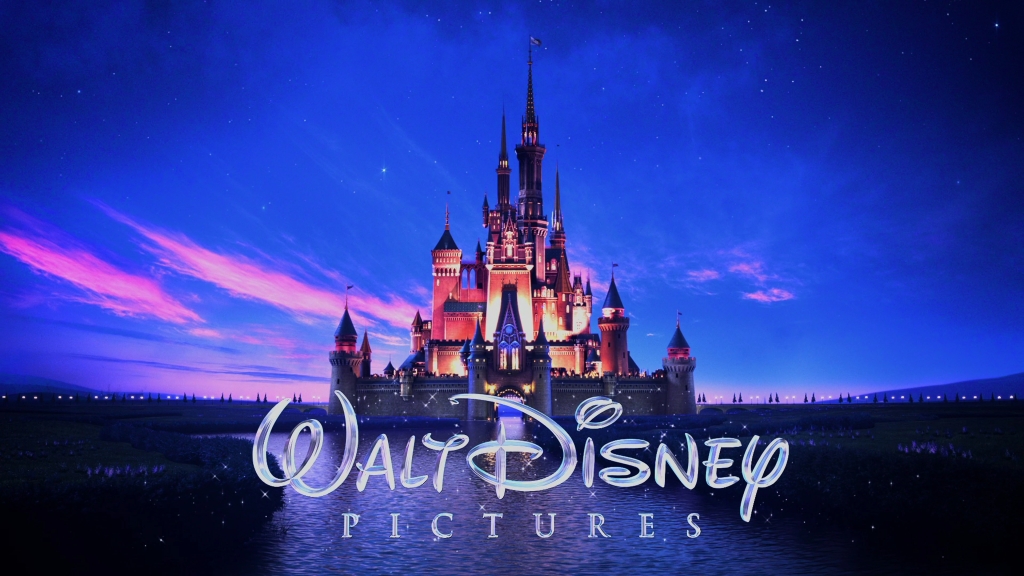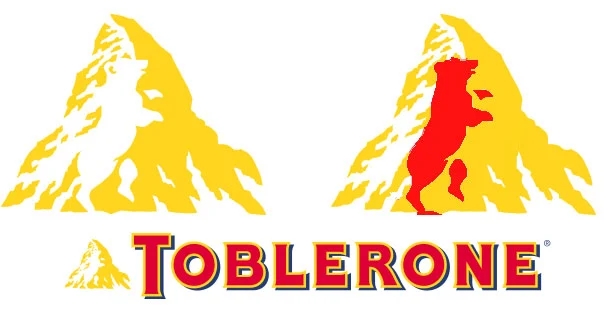
The creative viewing work site I chose for this vlog is the site Cargo. They allow for complete customization of your website. They give you a free trial and then you would be charged $14 per month billed yearly and $19 per month billed monthly. They have a wide variety in the fonts that one could choose from as well and feature the work of graphic designers on their page under their “sites in use tab” as well as show you what it can look like being used for graphic design under the templates tab. Overall, despite the price, Cargo is a great site for graphic designers to showcase their work. Below is an example of an artist utilizing their site. To see more about what the site has to offer, check it out here at https://cargo.site




















